

11 products
Showing 1 - 11 of 11 products
Heat Holders® Men's Thermal Underwear will keep you warm on those cold winter days. A light weight Heat Holders® base layer can be best in extreme cold if activity levels are high.
Choosing the perfect Heat Holders base layer
Consider both activity levels and temperature to determine which Heat Holders® base layer is right for you. A light weight Heat Holders® base layer can be best in extreme cold if activity levels are high. A heavier weight base layer can be best in milder temperatures if your activity levels are low.
ULTRA LITE™: Light weight warmth ideal for everyday cold.
LITE™: Medium weight warmth ideal for very cold days.
ORIGINAL™: Heavy weight warmth ideal for extreme cold.
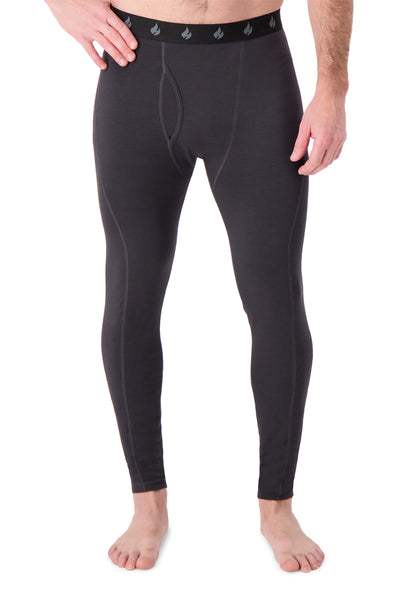
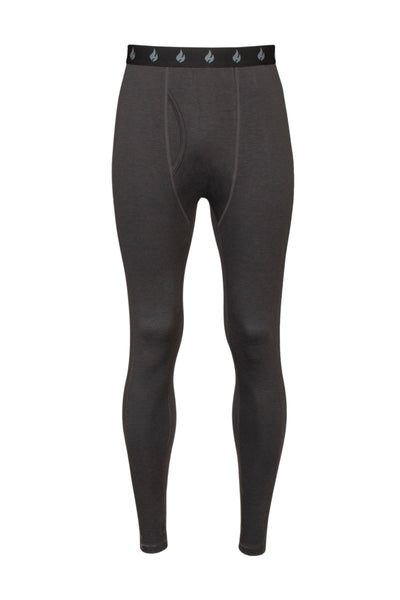
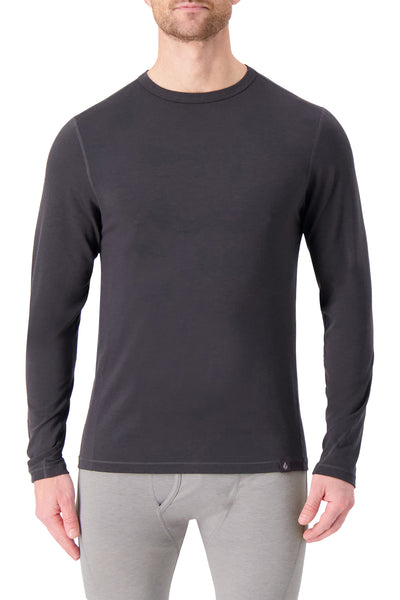
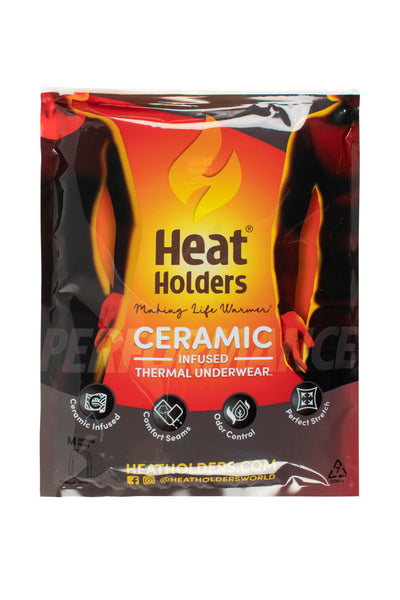

| ORIGINAL | WARMEST |
| LITE | WARMER |
| ULTRA LITE | WARM |
|---|



| ORIGINAL | WARMEST |
| LITE | WARMER |
| ULTRA LITE | WARM |
|---|



| ORIGINAL | WARMEST |
|---|---|
| LITE | WARMER |
| ULTRA LITE | WARM |



| ORIGINAL | WARMEST |
|---|---|
| LITE | WARMER |
| ULTRA LITE | WARM |



| ORIGINAL | WARMEST |
|---|---|
| LITE | WARMER |
| ULTRA LITE | WARM |



| ORIGINAL | WARMEST |
| LITE | WARMER |
|---|---|
| ULTRA LITE | WARM |



| ORIGINAL | WARMEST |
| LITE | WARMER |
|---|---|
| ULTRA LITE | WARM |



| ORIGINAL | WARMEST |
| LITE | WARMER |
| ULTRA LITE | WARM |
|---|
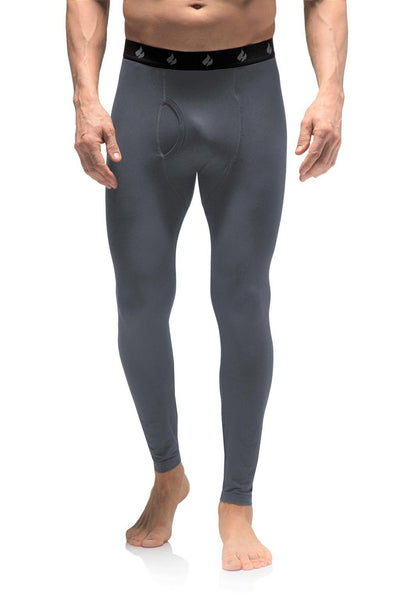


| ORIGINAL | WARMEST |
| LITE | WARMER |
| ULTRA LITE | WARM |
|---|







